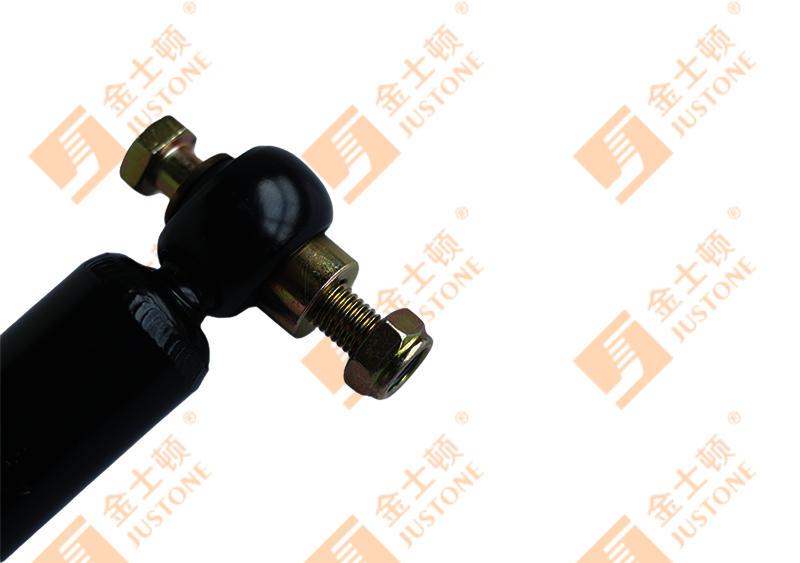Didn't find a product that suits you?
Contact us for the latest news.
The design of Trailer Coupling Dampers should ensure that they can still provide stable shock absorption effect under different temperature and humidity conditions. The following aspects need to be optimized and considered:
1. Select the appropriate shock absorption medium
Choice of hydraulic oil or gas: Hydraulic or pneumatic shock absorbers often use liquid or gas as shock absorption medium. When designing, liquids (such as high-temperature stable hydraulic oil) or gases with good temperature stability should be selected to ensure that the shock absorber can still maintain stable performance in high or low temperature environments. For example, hydraulic oil should have a wide operating temperature range and can still maintain fluidity and stability in extremely cold or high temperature environments.
Gas compressibility: Pneumatic shock absorbers usually use compressed gas. When designing, the expansion and contraction characteristics of gas at different temperatures should be considered, and gases with strong adaptability should be selected to ensure shock absorption effect under high and low temperature conditions.
2. Sealing design
Waterproof and moisture-proof sealing design: Humidity changes may affect the compression effect of lubricating oil and gas inside the shock absorber. Therefore, high-quality sealing materials and technologies need to be used in the design to avoid moisture penetration. Seals usually use heat-resistant and moisture-resistant rubber, PTFE (polytetrafluoroethylene) and other materials to ensure that the shock absorber can still maintain good sealing in a humid environment and avoid problems such as pollution and leakage.
Anti-corrosion design: A high humidity environment may cause metal parts to rust and affect the performance of the shock absorber. Therefore, when designing, corrosion-resistant materials (such as stainless steel, galvanized materials, etc.) should be selected or special coatings should be applied to the metal surface to resist moisture erosion.
3. Selection of temperature-adaptable materials
High temperature stability: In a high temperature environment, the design should select materials with high thermal stability. For hydraulic shock absorbers, the hydraulic oil needs to be able to withstand high temperatures without decomposition to avoid reduced shock absorption effect. For pneumatic shock absorbers, the gas and materials should be able to withstand the effects of long-term high temperatures without performance degradation.
Low temperature toughness: In a low temperature environment, the material tends to become brittle and the shock absorption effect decreases. When designing, materials with low temperature toughness, such as low temperature cold-resistant rubber, PTFE seals, etc., should be selected to ensure that the shock absorber can work normally at low temperatures and maintain good shock absorption effect.
4. Consideration of thermal expansion and contraction
Thermal expansion and volume change: Temperature changes can cause materials to expand or contract, especially the volume change of liquids or gases. The impact of these changes on the shock absorption effect needs to be considered during design. For example, the expansion of the gas in the shock absorber may cause pressure changes, which in turn affects the shock absorption performance. For this reason, thermal expansion compensation devices may be added or the internal volume may be adjusted during design to ensure that the shock absorption effect is not affected by temperature changes.
5. Multi-level adjustment design
Multi-level adjustment system: Some high-end Trailer Coupling Dampers include adjustment functions in their designs to adjust the shock absorption effect according to different environmental conditions. For example, users can adjust the operating parameters of the shock absorber in high or low temperature environments to adapt it to changes in external temperature.
Temperature control adjustment system: By introducing a temperature control system, the fluidity of the liquid or the compressibility of the gas can be automatically adjusted to ensure that the shock absorber can always play a stable role at different temperatures.
These design considerations can not only improve the reliability of the shock absorber, but also improve the stability and comfort of the trailer driving, and avoid the decline of the shock absorption effect caused by changes in temperature and humidity.